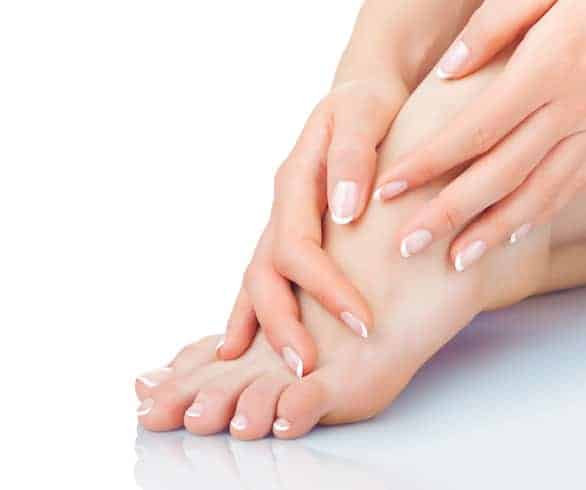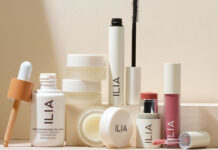
No, we’re not talking about a sunny hue of nail polish. More and more, women are noticing a yellowish tinge in their natural nail beds—so what causes this issue, and how serious is it?
Yellowed nails can be caused by a variety of issues—some simple, and some less so. The good news? Usually, this condition is only a stain caused by darker shades of nail polish.
The nails are very porous, meaning that they can easily absorb pigments found in different polishes. Dermatologist Shereene Idriss, MD, told Women’s Health that yellowing comes as a result of “The iron oxides in [darker] polishes [becoming] oxidized.”
The solution is clear: apply a transparent basecoat to your nails, and opt for “natural” weeks between manicures so that your nails can breathe.
However, yellow nails could be a sign of a more serious, underlying issue, including “chronic lung disease or poor liver function,” adds Idriss. What’s more, certain vitamin deficiencies, including B-12 and zinc, can lead to nail discolouration. To help combat this, eat a diet rich in these nutrients: salmon, fortified soy, and yogurt are high in B-12, while seafood, spinach, and nuts are high in zinc. Dietary supplements are also available.
Idriss adds that a rare hereditary condition may also be behind the honey hue.
“This is extremely rare and is known as ‘yellow-nail syndrome,’” she says. “It starts in middle age, and is associated with obviously yellow nails of both hands and feet, swelling in the legs, and respiratory signs such as chronic difficulty breathing. If this affects you or someone you know, treating the underlying lung issues and leg swelling is of crucial importance to your health. Your nails may or may not revert back to normal because the changes are due to a genetic mutation.”
As such, have a dermatologist check out yellowed nails that last for long periods of time, or accompany other symptoms. Your nails are more than just an important aspect of your beauty routine—they’re a window into your health.











